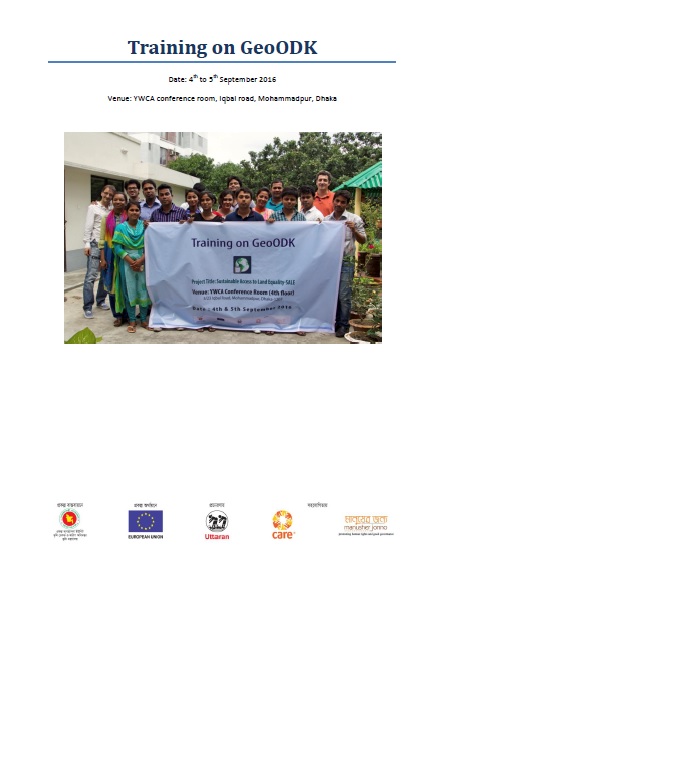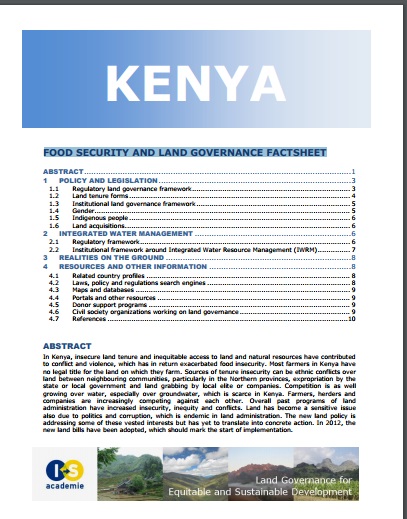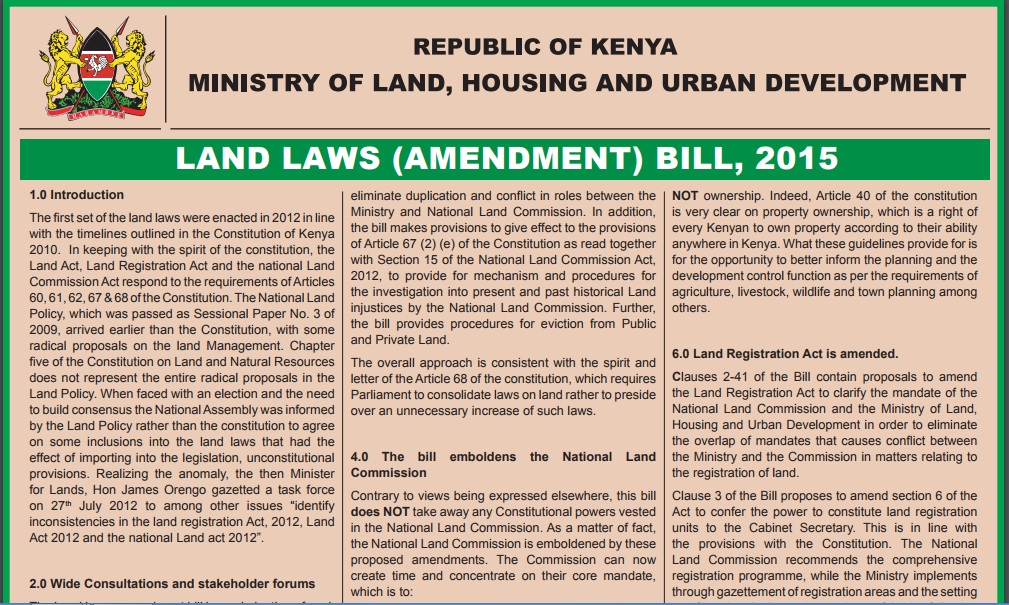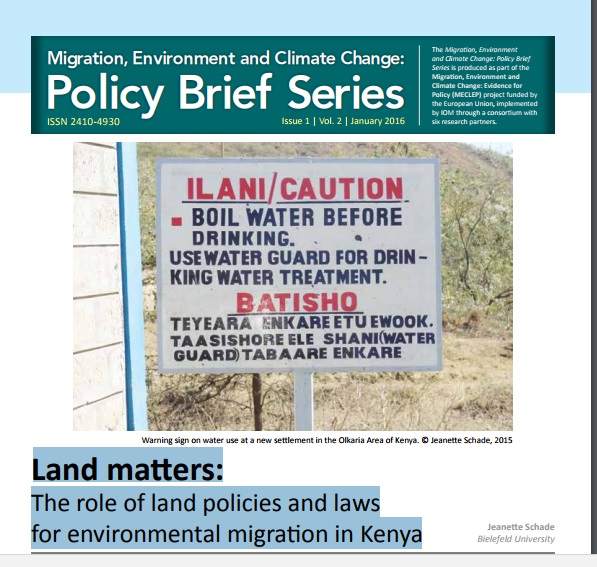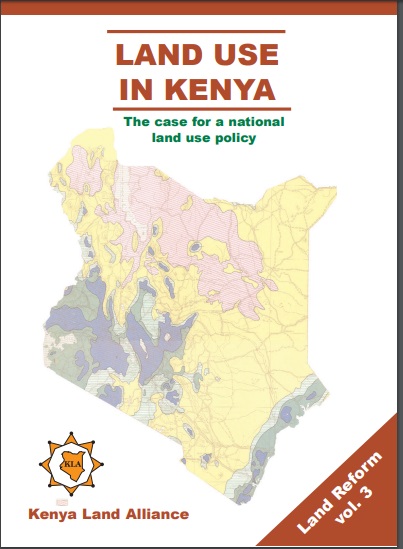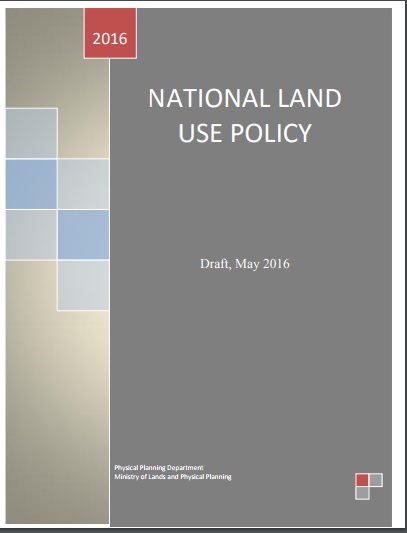Mapping Urbanization Dynamics in Major Cities of Colombia, Ecuador, Perú, and Bolivia Using Night-Time Satellite Imagery
By 2050, 90% of the population in Latin America will live in cities, but there is a lack of up-to-date spatial information about the urban extent and patterns of urbanization in cities of this region. In this study, we analyzed population growth, urban density and urbanization dynamics between 1992 and 2009 in the major cities of Bolivia, Colombia, Ecuador and Perú using Google Earth and DMSP/OLS night-time lights imagery. We used Google Earth to map the urban extent, and time series of night-time lights to analyze spatial patterns of urban development.


